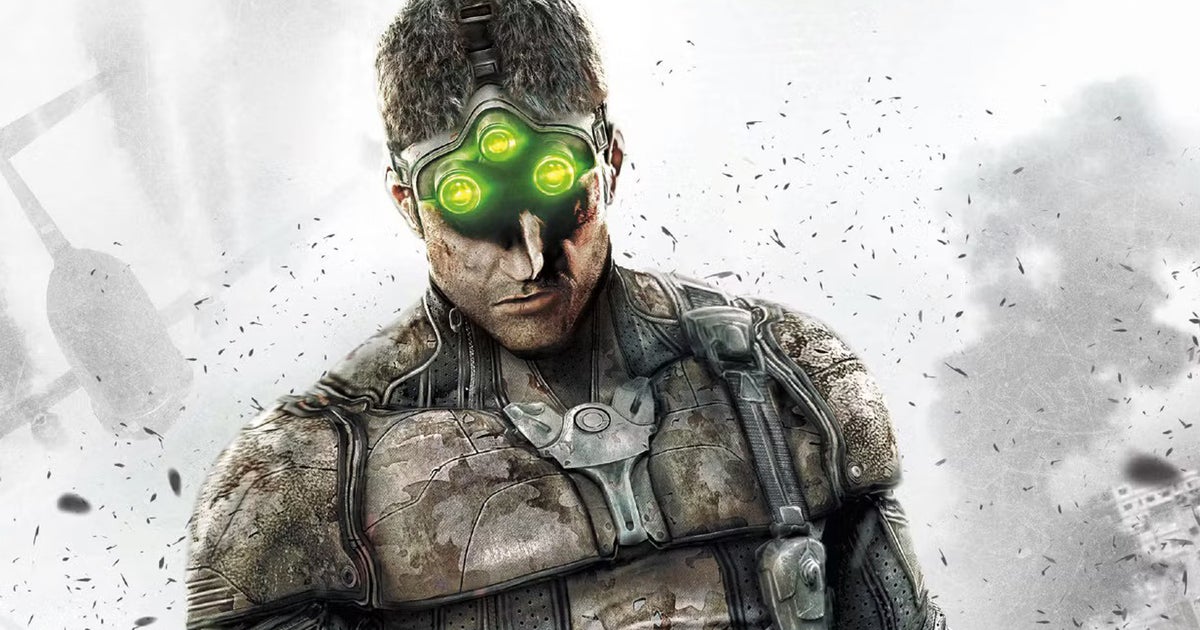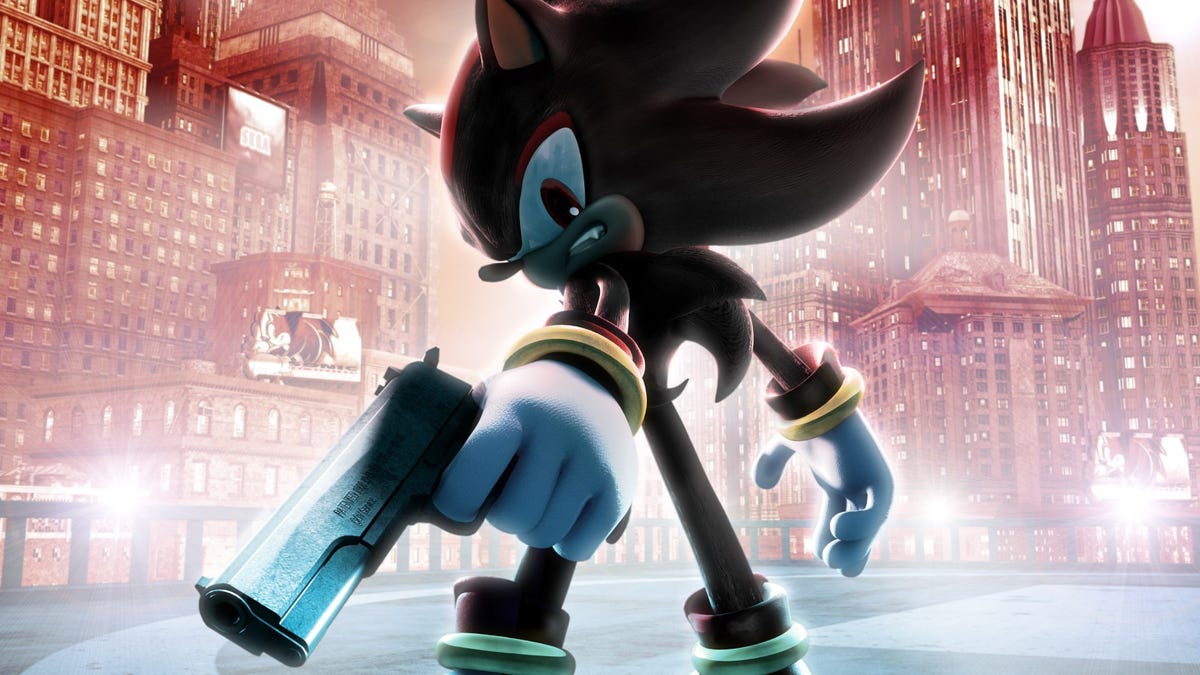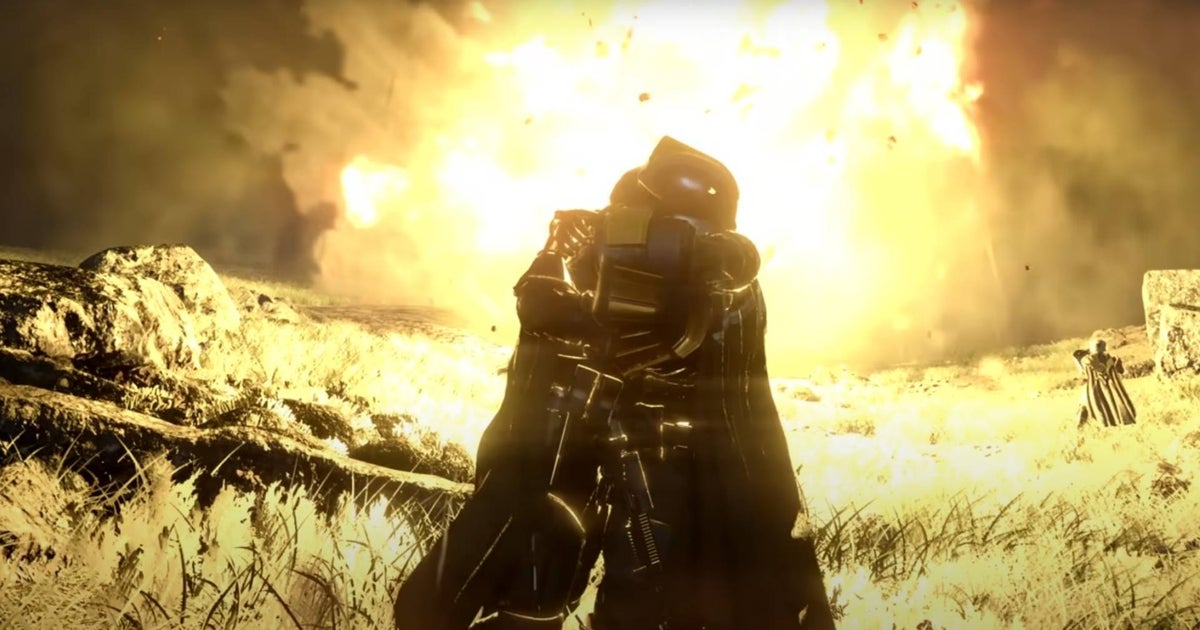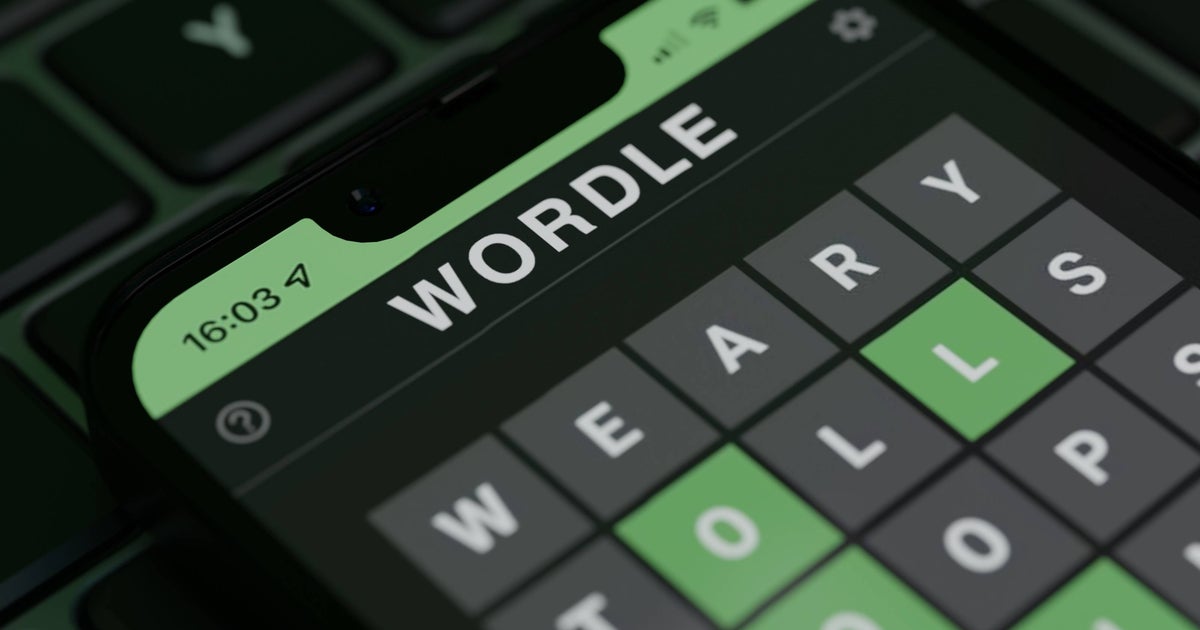For many years, Peter Molyneux’s eccentric god game Black-and-whitereleased in 2001 was literally unplayable. While there are workarounds to make the game playable on modern systems, the now-outdated game engine is simply not supported by modern hardware and does not run natively, meaning that anyone who wanted to build something based on the existing engine would not be able to. However, after five years of hard work, the time has come: a dedicated team of 15 developers has finally revived a version of the engine that works on desktops made after 2008.
Synchronized OpenblackThis open-source engine recently reached the 0.1.0 version milestone – meaning that while it works, it’s far from user-friendly and is more like a map editor than a finished game. The engine also requires an installation of the original game and subsequent patches to work properly, which took me several hours. Once you’ve got Openblack up and running, you can explore the various islands of the original game and use menus to make various structures and creatures spawn, but not much else.
If you have never had the opportunity, Black-and-whiteit plays like a city management game with a few morality-based decisions thrown in. For example, the game starts with you being given the option to save a drowning child with your disembodied hand by pulling them out of the water… or throwing the grieving mother into the water as well. This inspires a nearby town of villagers to worship you as a helpful or vengeful being, and their prayers would allow you to perform various miracles, like creating water or throwing fireballs. Think of it something like this: Cult of the Lamb without crawling around in dungeons, and you get the idea.
Eventually, you adopt a giant anthropomorphic animal that serves as your avatar in the game world. A cross between a Kaiju and a Tamagotchi, the animal slowly learns new skills by observing your good and bad habits. Over time, the animal grows and eventually takes on a unique appearance based on its benevolent or wrathful behavior, and treats your worshippers and rivals accordingly.
The reason anyone would be interested in a weird game that’s currently old enough to drink alcohol on is a matter of game preservation. Even with platforms like GOG, which made their name emulating retro titles that usually required some knowledge of programs like DosBox to get them running, there’s a risk that a game will disappear forever if it’s either too difficult to emulate on modern hardware or not popular enough to justify the effort. While developers like Nightdive Studios engage in labors of love by remastering older titles to make them more palatable to modern audiences, these games (like the excellent System shock Remake) are not representative of the game in its original state.
Unfortunately, without the help of the original developers or the dedicated efforts of a community like the Openblack team taking the lead, more and more important titles are likely to be lost to history. If you want to play Black-and-white now, websites like My Abandonware allows you to download a copy of the original disk image, which you can mount and install using a program like Daemon Tools Lite. You will then need to install a series of patches available at bwgame.netbut you should be able to play the original game in all its clunky, awkward glory.
I don’t think Peter Molyneux expected people to want to play Black-and-white 23 years after its first release, the announcement of its next Divinity Simulator follows, Masters of Albion (currently being developed with 22Cans) could be the reason why Black-and-white has once again come into the consciousness of the players. AlbionThe disembodied hand cursor, subtle city management and gesture-based wizardry are obviously inspired by its 2001 title, and with the newfound ability to take a walk, Black-and-whitedevelopers can once again have the opportunity to learn from this field of work, as strange as it may be.








